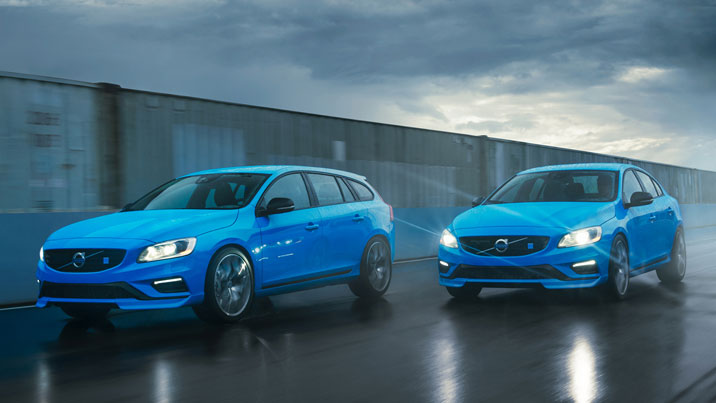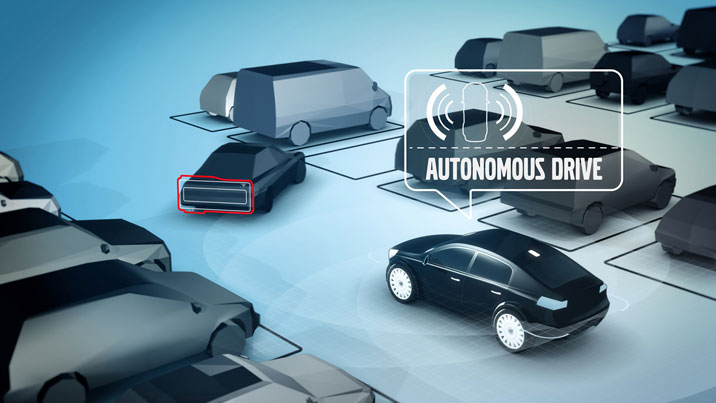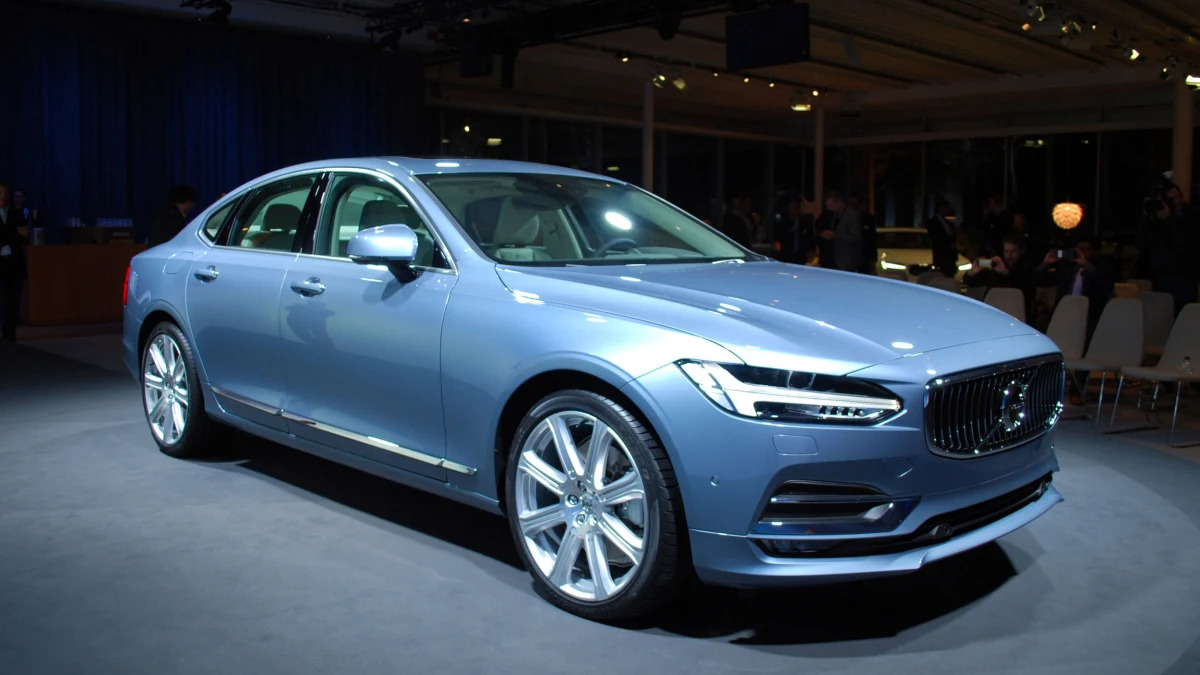Volvo is in the midst of an ambitious strategy that will see it replace every model in its lineup (and add a few new versions) by the end of this decade. The undertaking will keep Volvo fairly tied up with little time to spend on anything else until it sees the strategy through to completion. So after the trio of concepts that previewed the new 90 series over the past three years, we won't likely see many (if any) new Volvo concept cars from between now and 2020. The prospect of any new two-door coupes or convertibles will also have to wait. And the notion of a slant-back XC90 coupe to take on the BMW X6 – which US chief Lex Kersemakers admitted "would be nice to have" – will have to wait even longer. But Volvo will be rolling out plenty of new product to keep us on our toes over the next few years, and may yet have a couple of surprises in store.Volvo will be rolling out plenty of new product to keep us on our toes over the next few years.
The new models in the 60 and 90 series will be based on the same building blocks as the XC90 and the new S90 revealed last week in Gothenburg. That means the Scalable Modular Architecture and the highly boosted 2.0-liter inline-four. But to power the upcoming 40 series, based on the new Compact Modular Architecture that it's developing with parent company Geely, Volvo is also developing a new 1.6-liter inline-three. Like the four-pot, the new triple will be turbocharged, and will yield its own hybrid, however a supercharged version is not in the cards. While the three-cylinder engine is earmarked for the European market and for the compact models, Kersemakers tells us that it could even make it into the S90 here in the US – if "enlightened" customers continue lessening their grip on cylinder count and displacement to embrace the bottom line of output and efficiency.
Volvo plans to launch an all-electric model in 2019. Kersemakers tells us the company has yet to decide on whether it will be a dedicated model or a version of an existing (or soon-to-be existing) one, but current thinking in Gothenburg favors the latter. In any event, R&D chief Peter Mertens told us that the company's EV will maintain a distinctive Volvo character, rather than forge a new one as BMW has with its i sub-brand.Volvo plans to launch an all-electric model in 2019.
Having recently brought the Polestar performance division in-house, we can also expect faster versions of many (if not all) of the new models to ensue. They'll remain strictly internal-combustion in the short term, but could adopt hybrid engines in the medium term, and even go fully electric beyond that. In the meantime, Volvo continues to develop its four-cylinder engine for increasing levels of output. As it demonstrated with the 450-horsepower triple-charged prototype, the engine still has room to roam without jeopardizing its reliability and longevity – traits that Volvo customers have come to expect. Suffice it to say, we won't be surprised when Polestar rolls out even more powerful versions of that little-engine-that-could, as highly stressed as it already is. All the while, R-Design models will continue to bridge the gap between the standard range and their Polestar counterparts. As we already know, Polestar will not just do trim-and-tape packages.

One race Volvo is not interested in entering is the escalation of transmission gears. Its newest models already feature an eight-speed automatic, and while other automakers dial up the ratio-count literally to eleven, Mertens tells us that Volvo will stick with eight-speed units for the foreseeable future. Instead the company is focusing its R&D resources on new safety technologies and autonomous drive capabilities – features like the road-departure system that debuted on the XC90, the large-animal avoidance system on the S90, and the latest autopilot that can already operate the controls at highway speeds. As quickly as these advancements are progressing, however, Mertens is cautious about jumping head-first into fully autonomous vehicles too soon.Volvo is hesitant to cut the driver out of the scenario altogether.
"You see OEMs offering systems which they call autonomous drive, which I would question whether they are, and maneuvering, et cetera, and I cross my fingers that it goes well," Martens told us recently at the S90 reveal. "I don't think it's the right thing to do, and if something really serious happens, it would destroy the momentum in the industry."
Volvo is hesitant to cut the driver out of the scenario altogether. The vast majority of accidents, as we know, are caused by human error, but Martens points out that doesn't take into account how many are avoided by human drivers on a regular basis. Humans are good at identifying problems, but not as good at reacting correctly to them – while computers are precisely the inverse. Volvo intends to bridge that gap before it implements autonomous systems completely, increasing the capabilities of its technology and installing redundant systems should they fail.

That may not be as sexy an approach as some of its competitors are taking, but the Swedes are cautious not to put the carriage before the digital horse. "You can run a car autonomously around a race circuit if you digitalize it by centimeter accuracy. That's a no-brainer, anyone can do that," said Martens. "But that's not answering the questions we really need answered." By 2020, Volvo aims to completely eliminate the prospect of anyone being killed or seriously injured in one of its new vehicles.By 2020, the new XC90 will be the oldest model in the lineup
Speaking of new vehicles, there will be plenty. The new XC90 sport-ute and S90 sedan will soon be joined by a new V90 wagon, as well replacements for the current S60, V60, and XC60, a new range of S40, V40, and XC40 entry-level models, and a handful of Cross Country models as well. By that point, the new XC90 will be the oldest model in the lineup, and Volvo can join its competitors with a regular product cycle.



Sign in to post
Please sign in to leave a comment.
Continue